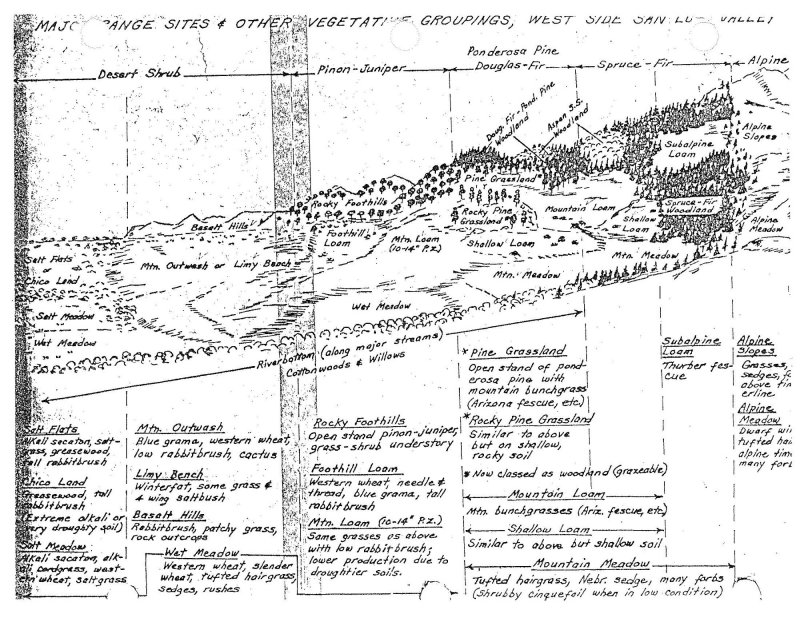Ecological dynamics
The limy bench site developed under cold, dry, high intermountain valley climatic conditions with natural influence of herbivores and occasional fire. Changes will occur in the plant community due to climatic conditions and/or management actions. The calcareous nature of the soils tends to favor winterfat. High lime concentrations tie up nutrients and affects soil structure. Surface crusting is common. Under continued adverse impacts, a rapid decline in vegetative vigor, cover, and composition will occur. Erosion can be significant where plant cover is destroyed or severely weakened.
Winterfat dominates the plant community and gives the site a distinctive appearance. Fourwing saltbush is usually present. Small amounts of Greene's rabbitbrush and prickly pear are common. There may be scattered plants of hairy goldaster, fringed sage, snakeweed, rubber rabbitbrush, and yucca. Grasses are well distributed through the stand and make up nearly half the annual yield. Indian ricegrass, squirreltail, and blue grama are usually the main grasses. Western wheatgrass is common in places which receive more moisture from the surrounding landscape, and purple threeawn is usually present. Scarlet globemallow, scarlet gilia, Colorado four o'clock and other forbs are of minor importance.
As the site grades toward different chemistry, texture, or relief plant communities manifest themselves differently. Fourwing saltbush adapts better with higher pH. Winterfat can withstand higher CaCo3. Courser soils tend to bring in more sand dropseed, needleandthread and clusters of yucca and prickly pear. These physical and chemical variations create subtle gradients in plant community composition and production.
State 1
Reference
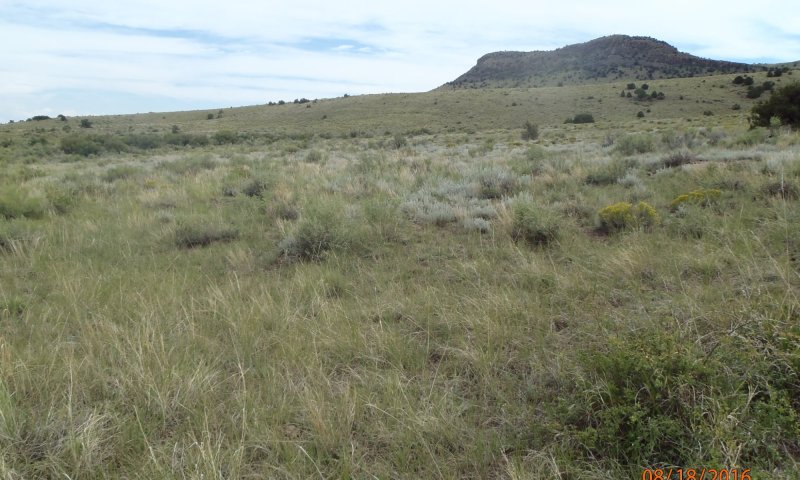
Figure 8. Cool and warm season grasses with shrubs and little bare ground.
The reference state contains a mix of cool and warm season grasses along with shrubs and forbs. Common shrubs include winterfat and fourwing saltbush. There may be scattered plants of Greene's rabbitbrush, fringed sage, snakeweed, rubber rabbitbrush, and yucca. Grasses are well distributed through the stand and make up nearly half the annual yield. Indian ricegrass, squirreltail, and blue grama are usually the main grasses. Western wheatgrass is common in places, and purple threeawn is usually present. Scarlet globemallow and other forbs are of minor importance.
Resilience management. The reference state holds the greatest opportunity for the site to resist disturbance. Bare ground is minimal, water capture, penetration, and infiltration is maximized. A diversity of plant and root systems interact with soil flora and fauna to maximize soil health. And a mix of cool and warm season plants maximize energy capture and carbohydrate synthesis.
Community 1.1
Cool and Warm Season Grass and Shrub Mix
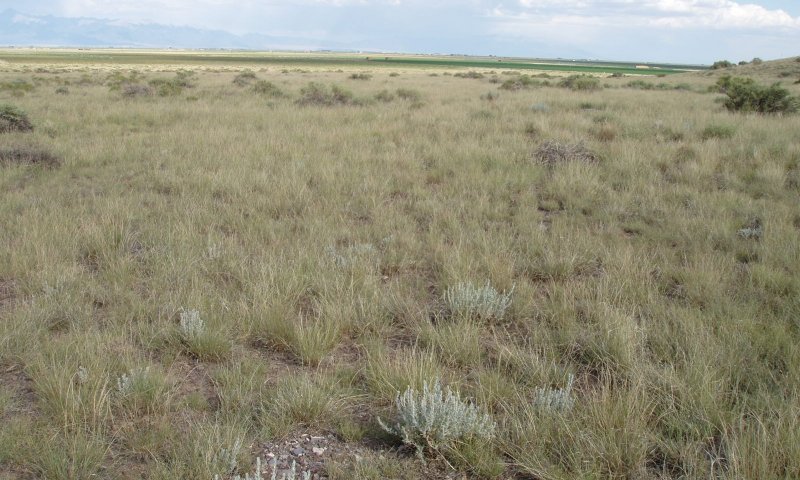
Figure 9. Cool and Warm Season Grass/Shrub Mix
This is the reference community and it is covered by both cool and warm-season grasses and shrubs. The dominant grasses include blue grama, Indian ricegrass, and western wheatgrass. Sub-dominant grasses include bottlebrush squirreltail, galleta (NM), sand dropseed, threeawn, and ring muhly. Significant forbs include scarlet globemallow, stoneseed, buckwheat, and groundsel species. Winterfat is the dominant shrub, making up 25-40% of the total vegetative production. Other shrubs include fourwing saltbush and occasionally, Greene's rabbitbrush.
Resilience management. This community phase provides the most ecosystem services and resilience to disturbance. Bare ground is minimal, plant cover captures precipitation and protects the soil surface. A diversity of cool and warm season plants maximizes energy capture, photosynthesis and above and below ground production.
Table 5. Annual production by plant type
| Plant type |
Low
(lb/acre) |
Representative value
(lb/acre) |
High
(lb/acre) |
| Shrub/Vine |
186 |
305 |
400 |
| Grass/Grasslike |
146 |
265 |
360 |
| Forb |
18 |
30 |
40 |
| Total |
350 |
600 |
800 |
Community 1.2
Warm Season Dominant
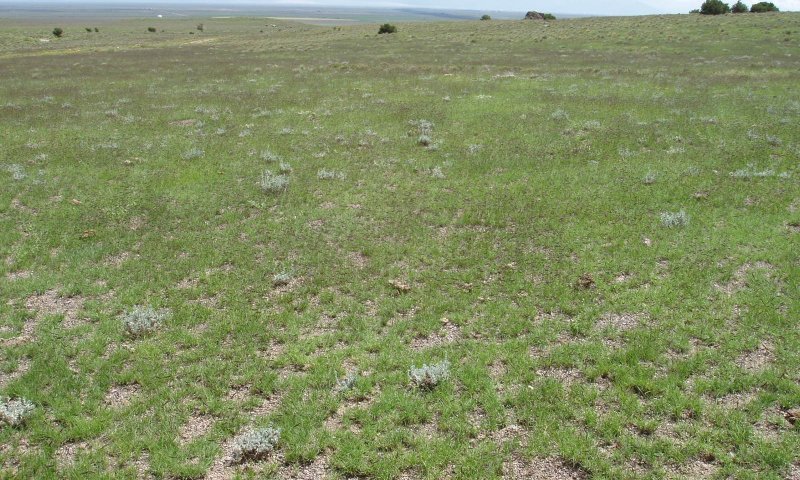
Figure 11. Cool season plants and overall production has decreased.
Overall above and below ground biomass and diversity is less than the reference community phase. Cool season plants such as Indian ricegrass, needle and thread, western wheatgrass, and winterfat have decreased in composition. Warm season grasses and shrubs dominate the site, especially blue grama. There may be small amounts of sand dropseed or threeawn.
Resilience management. This is an "at-risk" community phase with range and soil health trending downward from the reference community phase. This community phase is less resilient to drought as ecological processes such as fine root turnover, decomposition, and mineralization have decreased.
Pathway 1.1A
Community 1.1 to 1.2
Cool and Warm Season Grass and Shrub Mix
Long term grazing for multiple years with repetitive defoliation and high utilization during the spring affects the recovery of cool season species. Preferred cool season grass species such as indian ricegrass, needle and thread, and western wheatgrass will be bitten repeatedly during the early growing season, A cool season shrub, such as winterfat will also be targeted for its protein value. Eventually warm season species, such as blue grama and threeawn, which are more adaptable to surviving under grazing grazing pressure due to defense mechanisms will be the more prominent species.
Pathway 1.2A
Community 1.2 to 1.1
Cool and Warm Season Grass and Shrub Mix
A change in the grazing management to allow cool season species an opportunity to compete. This means either deferring or limiting grazing in the spring.
State 2
Degraded
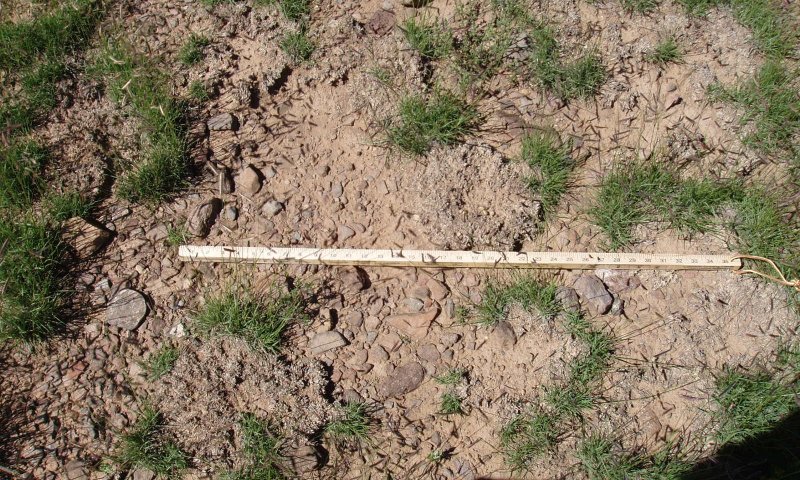
Figure 12. Loss of cool-season species
Sand dropseed and blue grama are co-dominant. Squirreltail and Indian ricegrass have observed but are very sparse. Young winterfat plants have been observed with virtually no mature plants. Other common species include: galleta, Greene's rabbitbrush, and rubber rabbitbrush. Cool season grass and shrub species have been greatly reduced.
Resilience management. The site has become less resilient due to both a loss of the cool season component and an overall loss in above and below ground production. The cool season component is necessary to fully take advantage of cool temperatures and moisture in the spring and early fall. By removing the cool season component, the site suffers by reductions in soil organic matter, water capture, water retention, and cover against erosion.
Community 2.1
Warm Season Grass Dominant
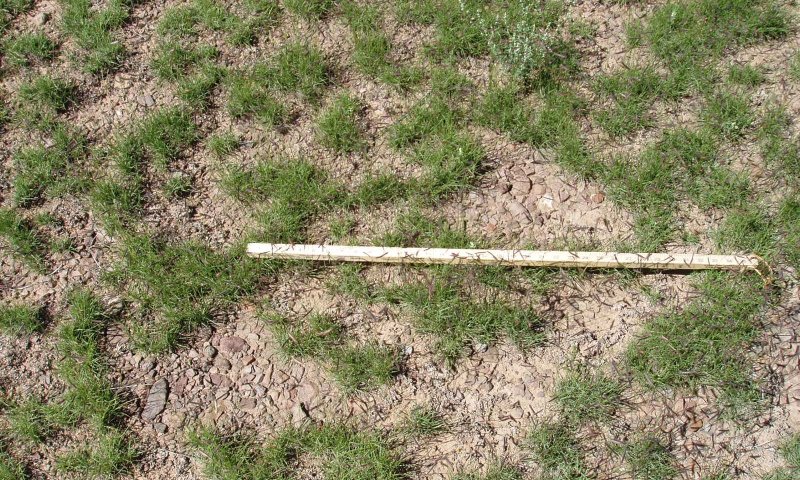
Figure 13. Bare spaces are prevalent between plants.
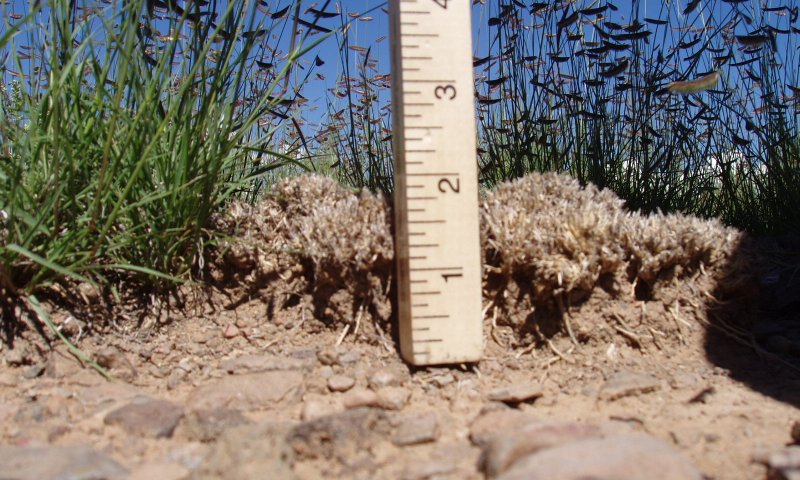
Figure 14. Blue grama on an eroded pedestal.
This community phase is primarily blue grama dominant. Blue grama has natural grazing defenses such as the use of weak rhizomes and low apical meristems. Soil erosion is a factor as many blue grama plants sit on a pedestal. Luckily this site often has a heavy covering of gravel on the surface, helping to cover the soil.
Community 2.2
Warm Season Shrub Dominant
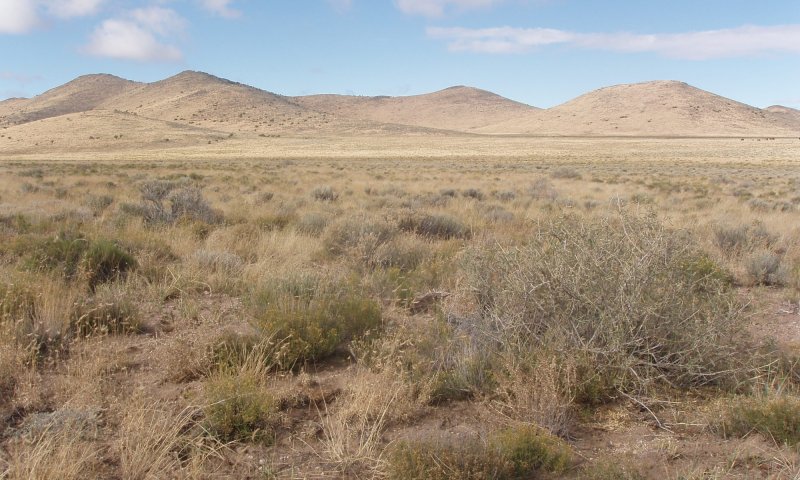
Figure 15. Warm season shrub dominant
Warm season shrubs such as Greene's rabbibrush, and rubber rabbitbrush are dominant. Fourwing saltbush and some warm season grasses such as sand dropseed and galleta will be present as well.
Pathway 2.1A
Community 2.1 to 2.2
Warm Season Grass Dominant
Warm Season Shrub Dominant
Shrubs may have a competitive advantage during drought by utilizing deeper tap roots to obtain moisture and nutrients. The warm season shrubs on this site such as the rabbitbrush species are also not very palatable, therefore they do not receive grazing pressure. Unpalatable warm season grass species such as galleta and sand dropseed may also increase in composition.
Pathway 2.2A
Community 2.2 to 2.1
Warm Season Shrub Dominant
Warm Season Grass Dominant
A disturbance knocks the shrubs back and low-stature blue grama persists.
State 3
Shrub Dominant
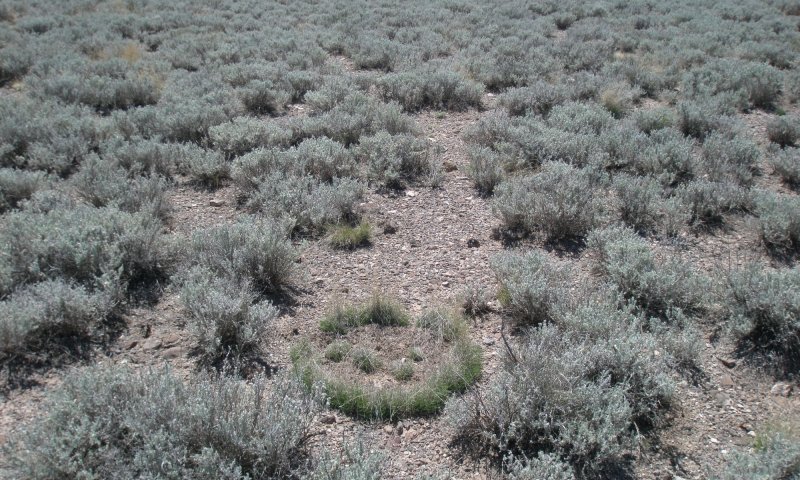
Figure 16. Winterfat with minor grasses
Winterfat dominates the plant community, while a few other remnant grass and shrub species are present. The soil, has formed a crust due to rain-drop erosion and the accumulation of carbonates at the surface. Species diversity is very low. Wildlife habitat is low. In some localized areas a desert pavement has formed. .
Community 3.1
Winterfat Dominant with Minor Shrubs
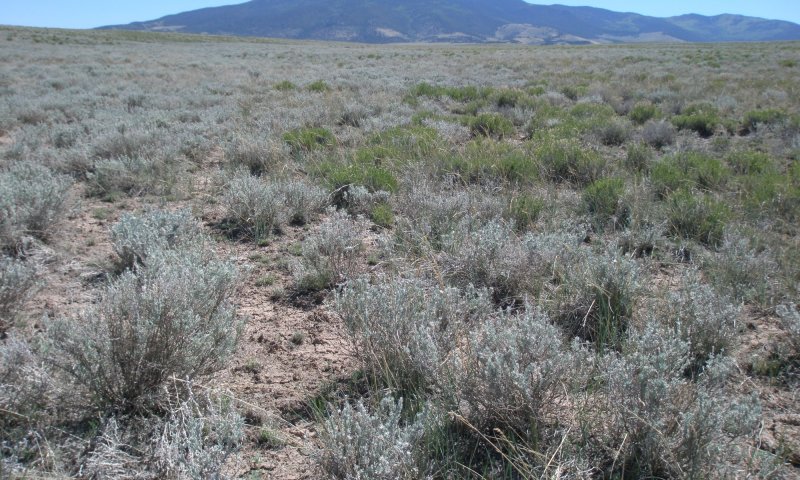
Figure 17. Greene's Rabitbrush expansion
Warm-season shrubs such as fourwing saltbush, Greene's rabbitbrush, and rubber rabbitbrush may find a niche to compete with winterfat. This may be due to some sort of physical soil disturbance.
Community 3.2
Winterfat Dominant with Minor Grasses
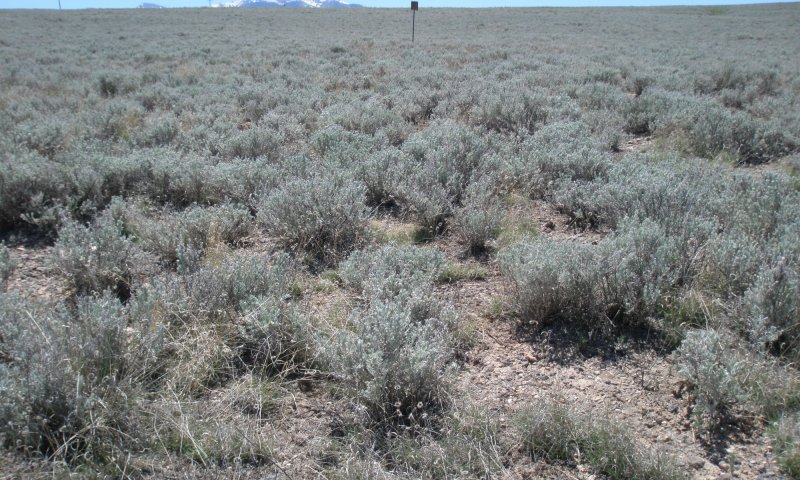
Figure 18. Winterfat dominant with blue grama
In places grasses will gain a foothold. Warm season grasses such as ring muhly and blue grama seem to be the most common grasses that can find a niche in this state. This community may be the beginning of a long road back toward restoration.
Pathway 3.1A
Community 3.1 to 3.2
Winterfat Dominant with Minor Shrubs
Winterfat Dominant with Minor Grasses
A seed source and a safe spot for warm-season grasses to recolonize.
Pathway 3.2A
Community 3.2 to 3.1
Winterfat Dominant with Minor Grasses
Winterfat Dominant with Minor Shrubs
Possibly a physical soil disturbance creates an area where rabbitbrush can colonize.
Transition T1A
State 1 to 2
The major long-term driver is annual grazing throughout the spring with repetitive defoliation and high utilization, slowly decreasing cool species vigor and decreasing site resistance to soil erosion. The eventual trigger event is often high utilization during drought.
Transition T1B
State 1 to 3
It could be possible that in decades past most of the plant community was grazed out. This was then followed by decades of non-use. Eventually, due to capillary action and rain-drop erosion, a high lime "soil cap" is formed. This soil surface condition retards grass establishment, and allows winterfat to have virtually no competition. .
Restoration pathway R2A
State 2 to 1
Ecological processes need to be restored which will take many years. Luckily the site is covered with frags, mostly gravel, therefore the soil surface is somewhat protected from erosion. Long-term low utilization and rest in the spring and fall will most likely be needed to allow colonization of cool season species. Maintaining adequate cover during the winter will also be important to provide warmth during low temperatures and capture for drifting snow.
Transition T2A
State 2 to 3
In theory, long-term abandonment of a degraded state for many years will cause winterfat to re-establish and dominate to the exclusion of other species. It gains a competitive advantage as soils create a crust that greatly reduces the hydrologic function of the site and makes it difficult for other species to germinate. Carbonates also tend to accumulate near or on the surface which also restricts establishment by other species.
Restoration pathway R3A
State 3 to 1
Possibly a disturbance to knock the winterfat back plus interseeding of range species with a high tolerance for calcareous soil, may in theory start a restoration process.If a restoration process were to start and livestock grazing were re-instituted, an active monitoring component and adaptive management is needed for success.


